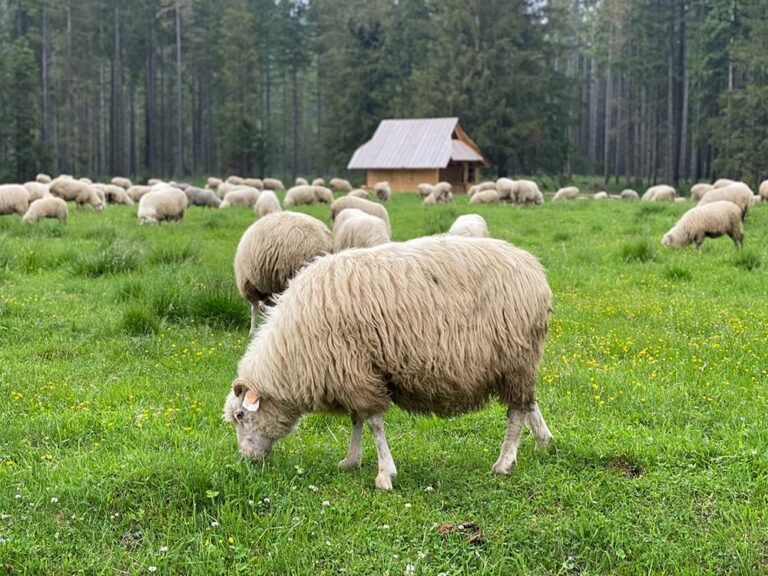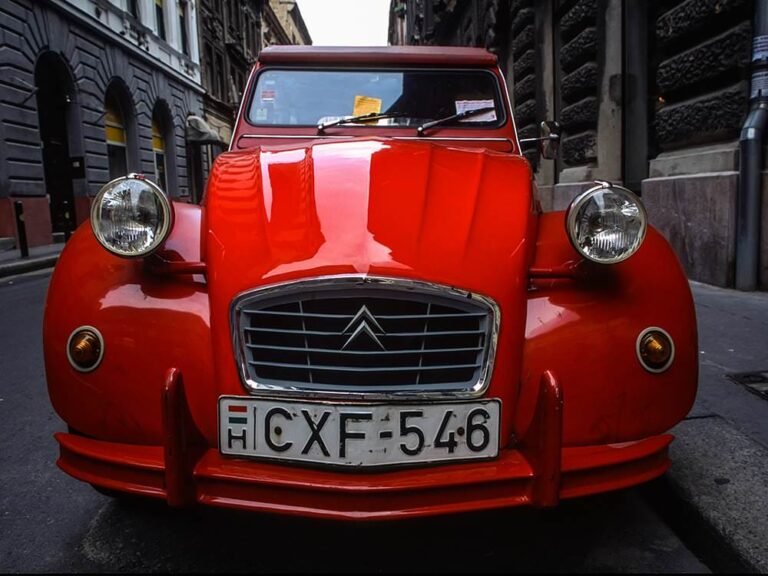rigolo
The French word “rigolo” can be either an adjective (meaning “funny”) or a noun (meaning “a funny person”).
The Adjective “Rigolo”:
- The primary meaning of “rigolo” is “amusing” or “funny.”
- C’est une histoire rigolote. (It’s a funny story.)
- Les enfants adorent les jouets rigolos. (Children love funny toys.)
Masculine and Feminine Forms:
The masculine singular adjective “rigolo” becomes “rigolote” in the feminine singular in French.
- Masculine: rigolo
- Feminine: rigolote
- Examples:
- C’est un film rigolo. (It’s a funny movie.)
- C’est une blague rigolote. (It’s a funny joke.)
Etymology:
The word “rigolo” comes from the verb “rigoler,” which means “to laugh” or “to have a good time.” The earliest recorded usage of “rigolo” only dates back to 1848, so it is a relatively recent word. However, the verb “rigoler” has its own origins in the late 13th century.
The “Rigolo” Noun:
1. A Funny Person:
- As a noun, “rigolo” refers to a person who is funny or amusing. “Un rigolo” is a funny male person and “une rigolote” is a funny female person.
- Il est un vrai rigolo, toujours en train de faire des blagues. (He’s a real funny guy, always making jokes.)
2. An Amusing Thing or Situation:
- Beyond describing people, “rigolo” can also be used to characterize an object, event, or situation that is amusing or entertaining.
- Le spectacle était un vrai rigolo. (The show was a real hoot.)
Masculine and Feminine Forms:
Just like the adjective, the noun follows the standard pattern for forming feminine forms in French.
- Masculine Noun: rigolo
- Feminine Noun: rigolote
- Examples:
- Il est un rigolo. (He is a funny guy.)
- Elle est une rigolote. (She is a funny girl.)






